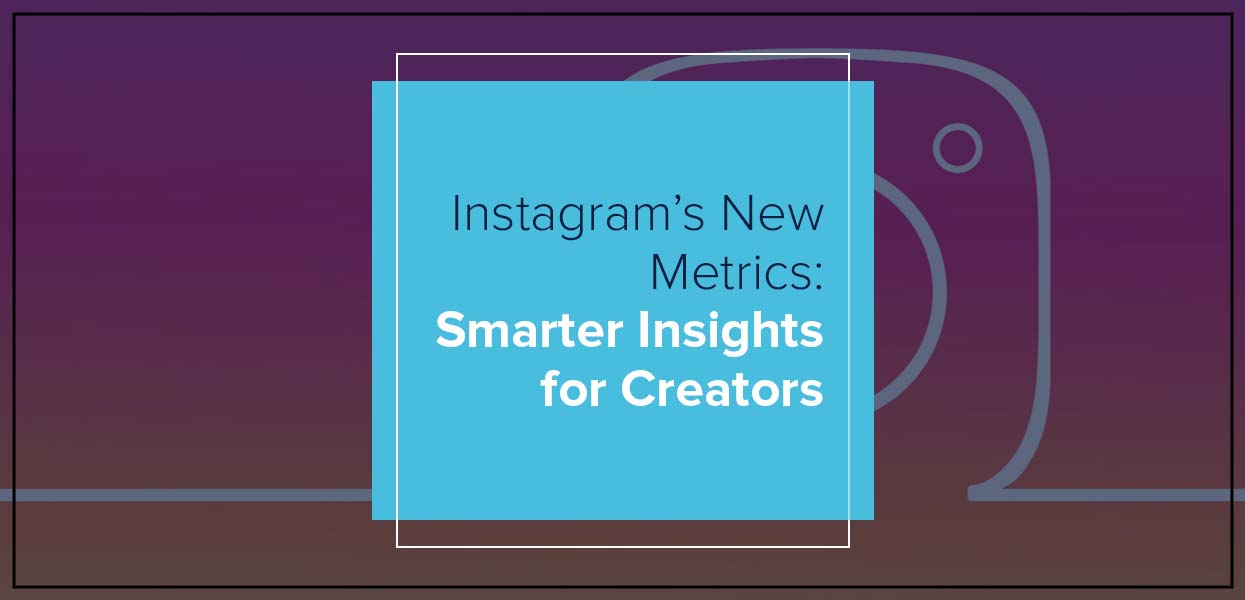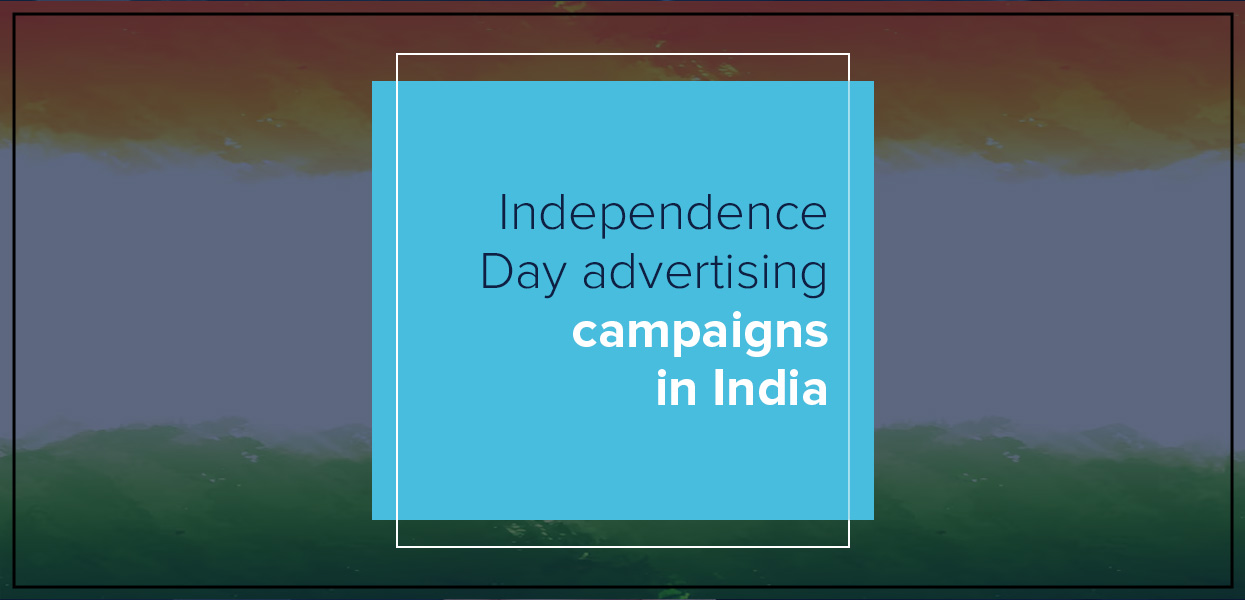How to create a budget forecast Meta Ads Manager

Running a successful ad campaign on Meta requires more than just creativity—it needs strategic planning, smart budgeting, and a solid understanding of how Meta’s ecosystem works. That’s where budget forecasting in Meta Ads Manager becomes a game-changer. It helps you estimate how much you’ll spend, how many people you’ll reach, and the results you can expect before a single rupee leaves your account.
Whether you're a digital marketing expert, a business growth consultant, or a brand testing Meta ads for the first time, forecasting empowers you to create campaigns that are effective, scalable, and data-driven. And if you’re wondering how to connect a Facebook page to Meta Ads Manager, or how to use Facebook Ads Manager for effective ad campaigns, getting your forecasting setup right is your essential first step.
Set up budget scheduling at the ad set level
- Go to the Ads Manager.
- Edit or create a new campaign.
- Go to the Budget and schedule section.
- After setting your daily budget, select Edit to see the Budget scheduling section.
- Select Increase your budget during specific periods to proceed with the setup.
In this blog, we’ll guide you through the process of creating a reliable budget forecast—and why it’s critical to long-term ad success. Plus, we’ll share tips to help you avoid common pitfalls, optimize spending, and plan smarter across your marketing funnel.
Why Budget Forecasting Matters in Meta Ads Manager
Before launching any ad, knowing what to expect in terms of reach, clicks, conversions, and cost is crucial. That’s where budget forecasting in Meta Ads Manager helps—it turns guesses into guided expectations.
For a digital marketing expert or anyone offering business consulting services, this functionality allows more precise control over campaign outcomes. You're not just setting a budget—you’re aligning spend with KPIs, timelines, and audience behavior. This becomes even more relevant when pitching results to clients or internal teams, making your media plans data-backed and scalable.
Forecasting is especially valuable for a business growth consultant trying to integrate Meta ads into larger digital marketing plans. When forecasting is done right, your ad sets become measurable, adaptable, and goal-driven. This elevates your campaigns from guesswork to strategy.
Budget forecasts are especially important in web marketing strategies where returns need to be measurable and targeted. With Meta Ads Manager’s tools, you can estimate costs across daily, lifetime, and accelerated delivery options—perfect for both long-term campaigns and quick wins. In fact, this is where forecasting syncs with other social media marketing services, ensuring cohesive spend tracking across platforms.
By forecasting, you also minimize overspending on low-performing segments and ensure you’re getting the best results for your money. This is essential for anyone learning how to use Facebook Ads Manager for effective ad campaigns, because forecasting connects budget with performance, not just duration.
In short, forecasting isn’t optional. It’s a must for every serious advertiser looking to scale wisely, reduce inefficiencies, and deliver stronger ROI from every rupee spent.
Key Metrics You Should Forecast in Meta Ads Manager
When you're preparing to launch a Meta ad campaign, forecasting isn't just about the budget—it's about the right metrics. Knowing which numbers to predict can dramatically improve your results.
Here are the core metrics you should always forecast using Meta Ads Manager:
Reach & Impressions: Forecast how many people will see your ad and how often. This is the first indicator of visibility and is especially important when trying to boost brand awareness through paid media.
Clicks (CTR): Click-through rate predicts how engaging your ad will be. It’s a direct insight into how your creative and copy are performing—crucial if you're offering digital marketing services or creating a pitch for business consulting clients.
Cost-per-click (CPC) & Cost-per-impression (CPM): These help forecast your budget against actual performance, and are key to optimizing spend. This is where knowing what is the cost of Facebook ads in India becomes important, as it gives you regional context.
Conversion Rate: How many users are expected to complete your desired action. Whether it’s signing up, purchasing, or submitting a form, forecasting conversions allows your web marketing strategy to stay ROI-focused.
Spend Distribution Over Time: Knowing how spend spreads across campaign duration can help in budget scheduling and optimizing delivery—this is especially helpful for a business growth consultant running multiple ads for various services or products.
With these forecasted, you’ll get a clearer picture of what success looks like—and how to plan around it with accuracy.
How to Create a Budget Forecast in Meta Ads Manager
Creating a budget forecast inside Meta Ads Manager is easier than you might think, especially when your Facebook Page is properly connected to Meta Business Manager. Without that setup, forecasting won’t be accurate or even possible in some cases. So first, make sure you know how to connect a Facebook page to Meta Ads Manager before diving into this step.
Once you’re in, follow this process:
Choose Your Objective: Begin by selecting a campaign objective that aligns with your business goals, like traffic, conversions, or lead generation.
Set Your Budget Type: Decide between a daily or lifetime budget. Each option influences how Meta distributes your spend over time.
Go to the Ad Set Level: This is where you’ll find the real control over budget and forecasting options.
Forecast Results: As you input your audience, placement, and schedule, Ads Manager will automatically display predicted reach, impressions, and cost metrics.
Adjust Based on Forecast: If the projected results aren’t aligned with your KPIs, tweak the audience size, budget, or schedule. This iterative process is crucial for any business consultant or digital marketing expert focused on measurable success.
Don’t forget to leverage Meta’s built-in estimations. These tools simulate real-world ad delivery outcomes based on historical performance data and campaign settings. They’re especially helpful when testing multiple ad sets or preparing digital marketing plans for clients.
Keep in mind that what slows down Facebook Ads Manager—such as permissions errors, outdated browser caches, or incomplete setups—can also affect your forecast visibility. Always double-check for performance blockers.
When done right, forecasting not only saves you money but also improves the marketing of your website, helping you hit the right audience with the right budget at the right time.
Budget Scheduling Tips for Strategic Ad Spend
To make the most out of your Meta Ads spend, scheduling isn’t just a feature—it’s a strategy. Meta Ads Manager allows you to control when and how your ads appear, ensuring your budget aligns with your audience’s behavior.
Here’s how to do it:
Set up budget scheduling at the ad set level
Go to Ads Manager.
Edit or create a new campaign.
Go to the Budget and schedule section.
After setting your daily budget, select Edit to see the Budget scheduling section.
Select Increase your budget during specific time periods to proceed with the setup.
Why does this matter? Because ads perform differently at different times. For example, a business growth consultant might target B2B leads more effectively during working hours, while e-commerce businesses may benefit from evening and weekend exposure. This is where budget scheduling ensures maximum impact without overspending.
It’s a tactic that complements social media marketing services perfectly, giving you the power to push ads during product launches, flash sales, or brand moments that actually matter.
And when you're learning how to use Facebook Ads Manager for effective ad campaigns, this is the type of advanced setting that gives you control over more than just your wallet—it controls performance.
So whether you’re running a long-term brand awareness campaign or a time-sensitive promotion, aligning budget delivery with strategic timing is how experts move from “spending” to “investing.”
Common Budgeting Mistakes to Avoid
Even the best campaigns can fail if your budget is mismanaged. While Meta Ads Manager offers a robust suite of tools, improper use can lead to slowed performance and wasted ad spend.
Here are some of the most common budgeting mistakes:
1. Not accounting for learning phase slowdowns
One major issue that slows down Facebook Ads Manager is changing budgets too frequently during the learning phase. When the system hasn’t stabilized, your performance metrics can become unreliable. A digital marketing expert knows the importance of letting campaigns stabilize before making drastic changes.
2. One-size-fits-all budgeting
Using the same daily budget across all ad sets ignores variable performance. Business consulting services often emphasize the importance of allocating more funds to high-performing segments rather than spreading it too thin.
3. Ignoring campaign objectives
If you’re optimizing for conversions but setting your budget as if you’re focused on reach, you’ll miss key results. Your budget should reflect your end goal. That’s where proper marketing of website and offers comes into play—tying your ad spend to your business's actual funnel.
4. No room for testing
A rigid budget leaves no space for A/B testing. The best-performing ads often emerge from well-funded test variations that reveal what resonates most with your audience.
Avoiding these missteps doesn’t just improve performance—it prevents slowdowns, wasted resources, and poor ROI.
When you're trying to figure out how to use Facebook Ads Manager for effective ad campaigns, avoiding these pitfalls will streamline your budgeting strategy and enhance overall results.
Tools & Reports That Help with Budget Forecasting
Meta Ads Manager includes powerful tools that help you forecast budgets with precision—ideal for business growth consultants and marketers driving ROI.
Performance Forecast Tool helps you estimate reach, impressions, and conversions based on budget, audience, and placement. This builds realistic expectations and supports client reporting.
Estimated Daily Results lets you adjust variables and immediately see updated projections, making it easier to test and tweak before launching.
Breakdown & Delivery Insights allow you to analyze performance across demographics, devices, and placements, helping you decide where to scale or cut spend.
Budget History & Learning Phase Reports give a rearview mirror—showing how past budgets influenced outcomes and when ads exited the learning phase.
Together, these tools turn raw data into forecasting power, giving advertisers clarity and confidence in planning their next big move.
Aligning Forecast with Your Digital Marketing Plans
Your forecast isn’t just about spend—it’s about strategy. A great forecast aligns with your broader digital marketing goals and KPIs.
For business consultants and agencies, this means mapping forecasts to specific outcomes like leads, sales, or awareness, depending on campaign objectives.
Rather than budgeting per platform in isolation, forecasts in Meta Ads Manager let you create a unified view across Facebook and Instagram. This helps ensure your social media marketing services are results-driven, not just spend-driven.
Forecasting also needs to account for seasonality and industry shifts. That way, you can scale budgets for high-impact windows and conserve during low-performing phases.
In short, a forecast should support your marketing vision—guiding spend decisions with context, not just numbers.
Final Thoughts
Meta Ads Manager isn’t just for running ads—it’s a tool for smarter decision-making. Accurate budget forecasting helps align spend with goals, reduce waste, and unlock scalable growth.
For brands aiming to stay ahead of the curve, mastering this tool can make all the difference.
It’s strategies like these that fuel the performance-first approach followed by teams like Uniworld Studios, where digital decisions are always backed by insight.
Categories
- Digital Marketing
- Website Development
- Graphic Design
- Content Writing
Latest Posts
-
- Essential Marketing & Advertising Keywords 2025



